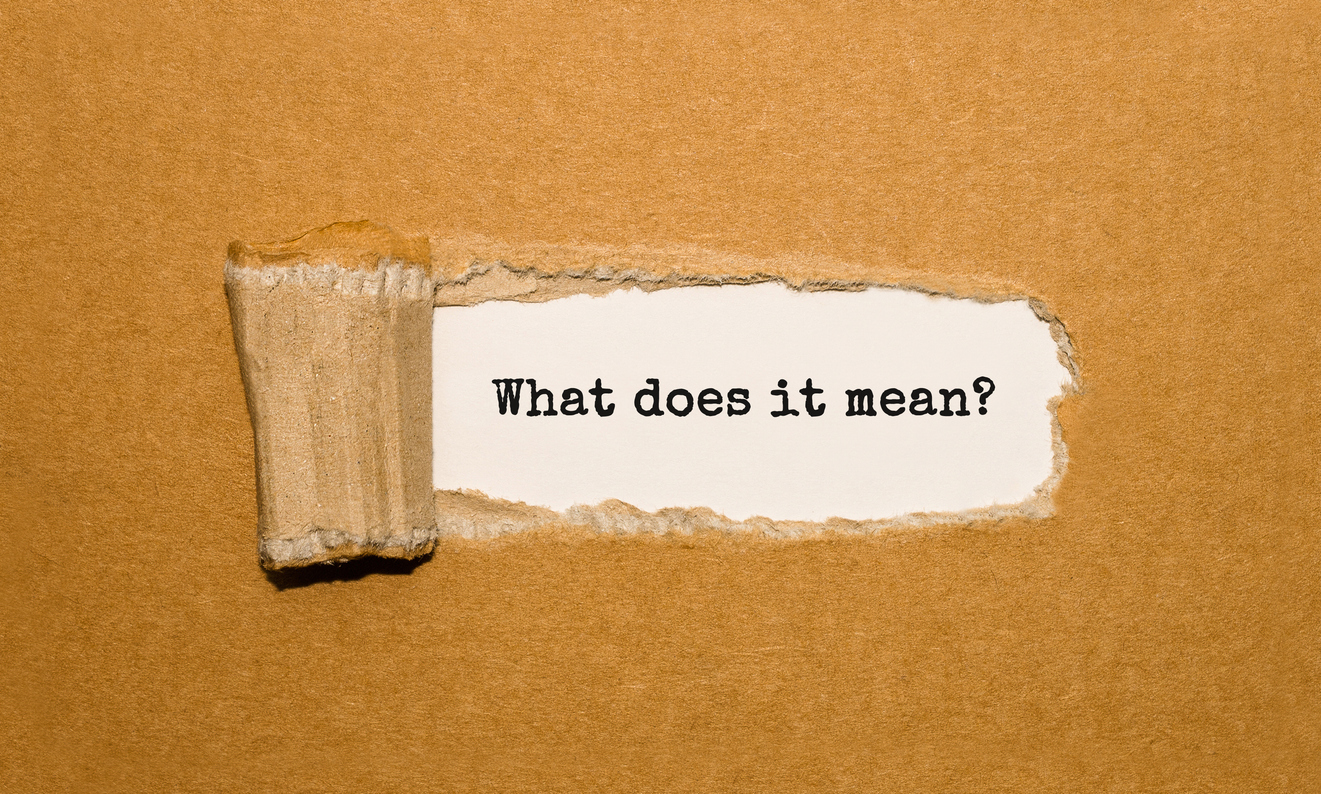Food and fuel shortages and power outages are plaguing many in the Northeast, even days after the storm passed. As the road to recovery continues, it is important that information is delivered to all victims.
Google has an interactive crisis map that lists Red Cross Shelters, evacuation recovery centers, FEMA disaster relief centers, and DC emergency shelters. The map also shows power outage areas, open food stores, and gas stations that have fuel. The link is available here.
By simply Googling “Hurricane Sandy Emergency Information,” you can see a link for each affected state with instructions for residents. Direct links are available to Connecticut, Delaware, Massachusetts, Maryland, Maine, North Carolina, New Hampshire, New Jersey, New York, Pennsylvania, Rhode Island, Virginia, and Vermont.
New York also has an emergency response alert that can be followed on Twitter. Watch for tweets regarding donation opportunities, transit information, and distribution of essentials.
FEMA also has helpful information for victims after the storm. A few of the tips include:
- For those who have longer-term housing needs, FEMA offers several types of assistance, including services and grants to help people repair their homes and find replacement housing. Apply for assistance or search for information about housing rental resources
- Drive only if necessary and avoid flooded roads and washed¬ out bridges. Stay off the streets. If you must go out watch for fallen objects; downed electrical wires; and weakened walls, bridges, roads, and sidewalks.
- Keep away from loose or dangling power lines and report them immediately to the power company.
- Walk carefully around the outside your home and check for loose power lines, gas leaks and structural damage before entering.
- Stay out of any building if you smell gas, floodwaters remain around the building or your home was damaged by fire and the authorities have not declared it safe.
- Inspect your home for damage. Take pictures of damage, both of the building and its contents, for insurance purposes. If you have any doubts about safety, have your residence inspected by a qualified building inspector or structural engineer before entering.
- NEVER use a generator inside homes, garages, crawlspaces, sheds, or similar areas, even when using fans or opening doors and windows for ventilation. Deadly levels of carbon monoxide can quickly build up in these areas and can linger for hours, even after the generator has shut off.
The Huffington Post recently provided data on phone and internet service for New York.
The Federal Communications Commission recently reported that one out of every four cell towers is down in 10 states affected by Hurricane Sandy. In response, AT&T and T-Mobile announced a temporary deal, allowing New Jersey and New York customers to use whichever network is offering stronger service in their area – without any extra fees. New Yorkers in the West Village also reported using a payphone to connect.
For internet Some Apple retail locations are up and running in Manhattan…visitors can use the store’s Internet-connected display devices to contact loved ones and plug their personal devices into the many power cords plugged in around the store.
The New York Public Library system is also providing WiFi hotspots for visitors, with 55 branches open (as of publication). A few buildings still have limited service, so it’s best to call before visiting, but here is the complete list of libraries reopened for the public. “[D]ue to the hard work of our tech team, Internet access should be available at all open branches, despite power outages,” the organization’s website reads. You should note, however, that the iconic Stephen A. Schwarzman Building on 42nd Street as well as the downtown branches south of 39th Street remain closed.
Comcast is offering free WiFi for those without Internet, whether you’re current customer or not. This deal is available to the following states: Pennsylvania, New Jersey, Maryland, Delaware, Washington, D.C., Virginia, West Virginia, Massachusetts, New Hampshire, and Maine. To find a functional Xfinity hotspot near you, check out Comcast’s coverage map by clicking (here).
How to properly handle the insurance claims for the losses is also a very important task for the victims. NAPIA has just released a bulletin for policyholders and AAPIA has a section of its website devoted to Hurricane Sandy updates. It must be noted that while Sandy was a Hurricane, at the actual time it made landfall, the storm was downgraded. This is an important classification that can impact the amount of the deductible charged on these storm claims. See the press release for New York here.
Linda Stern published an article, Sandy Victims May Wait Weeks for Insurance Adjusters on Friday, November 2, 2012, on Reuters.com. The article details the trouble insureds are having getting in touch with their insurance companies and quotes Charles "Dick" Tutwiler who explains the role of a public insurance adjuster and warns about the problems and delays that come from claims that are handled properly.



